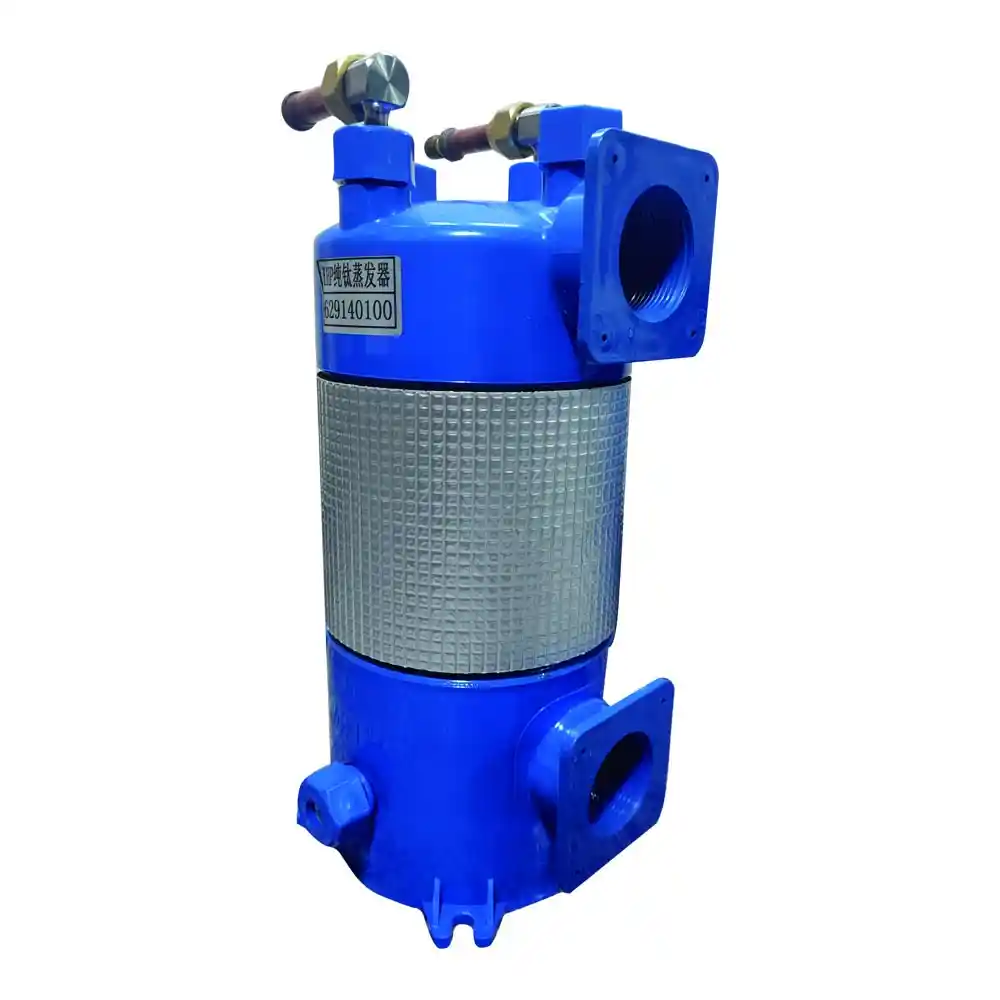Introduction
Non-Destructive Testing (NDT) plays a crucial role in the quality control of titanium coil heat exchangers with PVC blue shells. NDT techniques allow manufacturers to assess the integrity and reliability of the heat exchanger components without causing damage. This article provides an in-depth exploration of various NDT methods used in the quality control of titanium coil heat exchangers.
1. Importance of Non-Destructive Testing
Non-Destructive Testing is essential in ensuring the quality and performance of titanium coil heat exchangers. The following points highlight its significance:
1.1. Detecting Defects
- NDT methods enable the identification and characterization of defects such as cracks, voids, corrosion, and material inconsistencies.
- Early detection of defects helps prevent failures and ensures the longevity of the heat exchanger.
1.2. Ensuring Safety and Reliability
- NDT ensures the heat exchanger’s compliance with safety standards and regulations.
- By identifying potential issues, NDT helps eliminate risks associated with faulty components and enhances the overall reliability of the heat exchanger.
2. Non-Destructive Testing Methods
Several NDT methods are commonly employed in the quality control of titanium coil heat exchangers. Each method has its principles, advantages, and limitations. The following techniques are frequently used:
2.1. Visual Inspection
- Visual inspection is a basic yet crucial NDT method.
- It involves a visual examination of the heat exchanger components to identify surface defects, such as cracks, erosion, or improper assembly.
2.2. Radiographic Testing (RT)
- RT utilizes X-rays or gamma rays to inspect the internal structure of the heat exchanger components.
- It is effective in detecting internal defects such as cracks, inclusions, or voids.
2.3. Ultrasonic Testing (UT)
- UT utilizes high-frequency sound waves to inspect the heat exchanger components.
- It detects flaws, measures material thickness, and evaluates bonding integrity.
2.4. Dye Penetrant Testing (PT)
- PT is a surface inspection method that uses a dye to detect surface-breaking defects.
- It is suitable for detecting cracks, porosity, and leaks in the heat exchanger components.
2.5. Magnetic Particle Testing (MT)
- MT is used to detect surface and near-surface defects in magnetic materials.
- It is effective in identifying cracks, seams, or other discontinuities in the heat exchanger components.
2.6. Eddy Current Testing (ET)
- ET utilizes electromagnetic induction to detect surface defects and measure conductivity.
- It is commonly used to identify cracks, corrosion, and material thickness variations.
Table 1: Comparison of NDT Methods
| NDT Method | Principle | Advantages | Limitations |
|---|---|---|---|
| Visual Inspection | Visual examination | Easy to perform, low cost | Limited to surface defects |
| Radiographic Testing | X-rays or gamma rays | Can detect internal defects | Requires specialized equipment, safety precautions |
| Ultrasonic Testing | High-frequency sound waves | Versatile, detects various defects | Requires trained operators, surface preparation |
| Dye Penetrant Testing | Dye penetration | Can detect small surface defects | Limited to surface defects, requires proper cleaning |
| Magnetic Particle Testing | Magnetic field | Effective for surface and near-surface defects | Limited to ferromagnetic materials |
| Eddy Current Testing | Electromagnetic induction | Sensitive to surface defects and conductivity variations | Limited to conductive materials |
Conclusion
Non-Destructive Testing methods play a crucial role in the quality control of titanium coil heat exchangers with PVC blue shells. By employing a combination of visual inspection, radiographic testing, ultrasonic testing, dye penetrant testing, magnetic particle testing, and eddy current testing, manufacturers can ensure the integrity, safety, and reliability of heat exchanger components. Each NDT method offers unique advantages and limitations, and their selection depends on the specific inspection requirements. Effective utilization of NDT techniques enhances the overall quality and performance of titanium coil heat exchangers, contributing to efficient heat transfer and prolonged service life.


